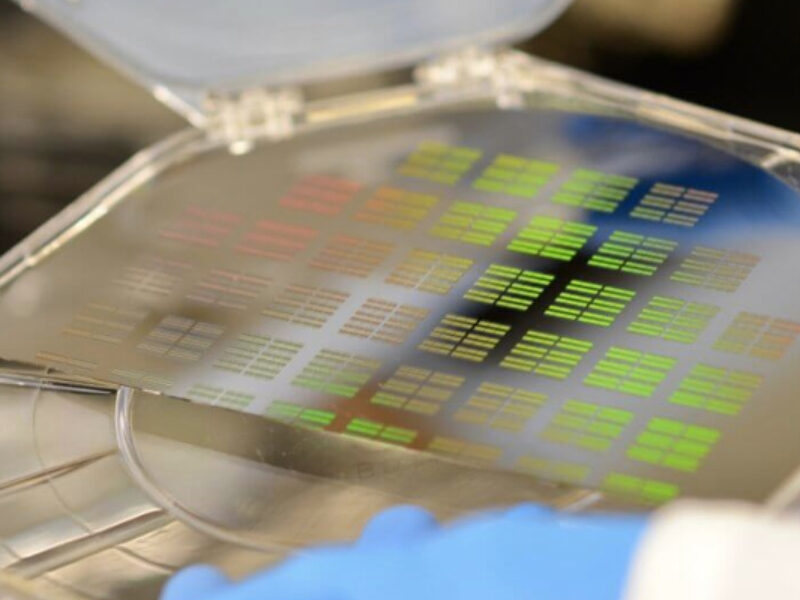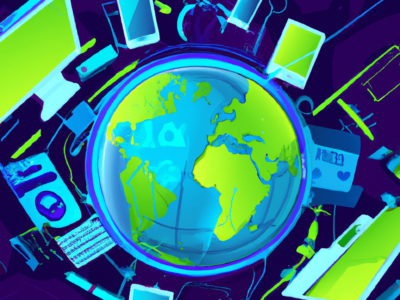
AI, MEMS and sensors are tech to watch, says IBM
IBM has produced a glossy multimedia website (see below) to expound the possibilities under the label “IBM 5 in 5: five innovations that will help change our lives within five years.” And analog, MEMS and sensors are prominent. But digital electronics will also have its say in the form of big data and artificial intelligence.
The full list is artificial intelligence; hyperspectral imaging; microfluidic lab-on-chips, networks of novel sensors and something IBM calls “macroscoping.”
Amongst the developments IBM researchers are predicting – and a slightly disconcerting prediction at that – is that what we say and write could be monitored and used as indicators of our mental health and physical well-being. Patterns of speech and writing and how they change over time, analysed by cognitive systems, could provide tell-tale signs of early-stage developmental disorders, mental illness and degenerative neurological diseases.
“You are losing it. The way you wrote/said that last sentence means you could have mental of physical health problem. Go see a doctor.” Big brother indeed.
However, IBM reports that the global cost of mental health is projected to hit US$6.0 trillion by 2030 and early treatment may well be the best way to ameliorate that bill and keep people fitter and happier for longer.
The sort of conditions such cognitive analysis could highlight include Parkinson’s, Alzheimer’s, Huntington’s disease, Post-traumatic stress disorder (PTSD), or even neurodevelopmental conditions such as autism and Attention deficit hyperactivity disorder (ADHD).
Hyperspectral imaging is the sensing in multiple bands of the electromagnetic spectrum in a correlated way. By working with the visible spectrum and beyond it is possible to spot hidden dangers such as contaminated food or black ice and obstacles shrouded in fog. IBM researcher predict that in the next five years what is already technically possible will come down dramatically in size and price, making “superhero vision” part of everyday experience.
Next: What is macroscoping
As to macroscoping: IBM predicts that in a similar way to hyperspectral imaging there are tremendous gains to be achieved by aligning, correlating and using the exabytes of data that are already captured for discrete purposes. At the moment, IBM states, most data collected is “unorganized.” There are already more than six billion connected devices generating tens of exabytes of data per month, with a growth rate of more than 30 percent per year.
If multiple sources of data could be aggregating, organized and analyzed it would be possible to find new optimal practises in such areas as water-efficient agriculture and in science from microscopes to telescopes.
Related links and articles:
“IBM 5 in 5: five innovations that will help change our lives within five years”
Analog, MEMS and sensor startups to follow in 2017
Hyperspectral startup raises $7.5 million
Wireless headphones go boom, favor sensors
 If you enjoyed this article, you will like the following ones: don't miss them by subscribing to :
eeNews on Google News
If you enjoyed this article, you will like the following ones: don't miss them by subscribing to :
eeNews on Google News




